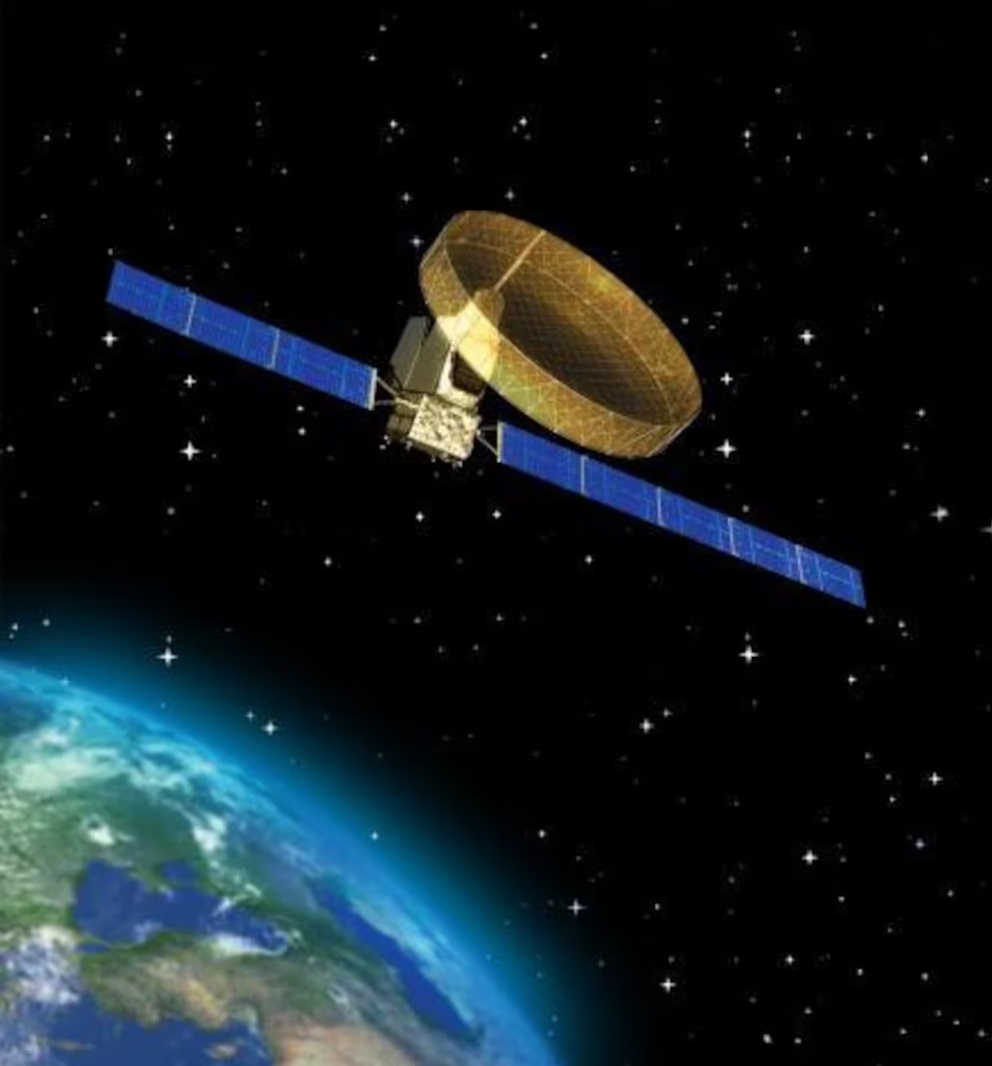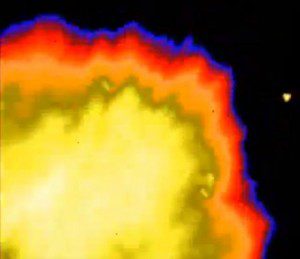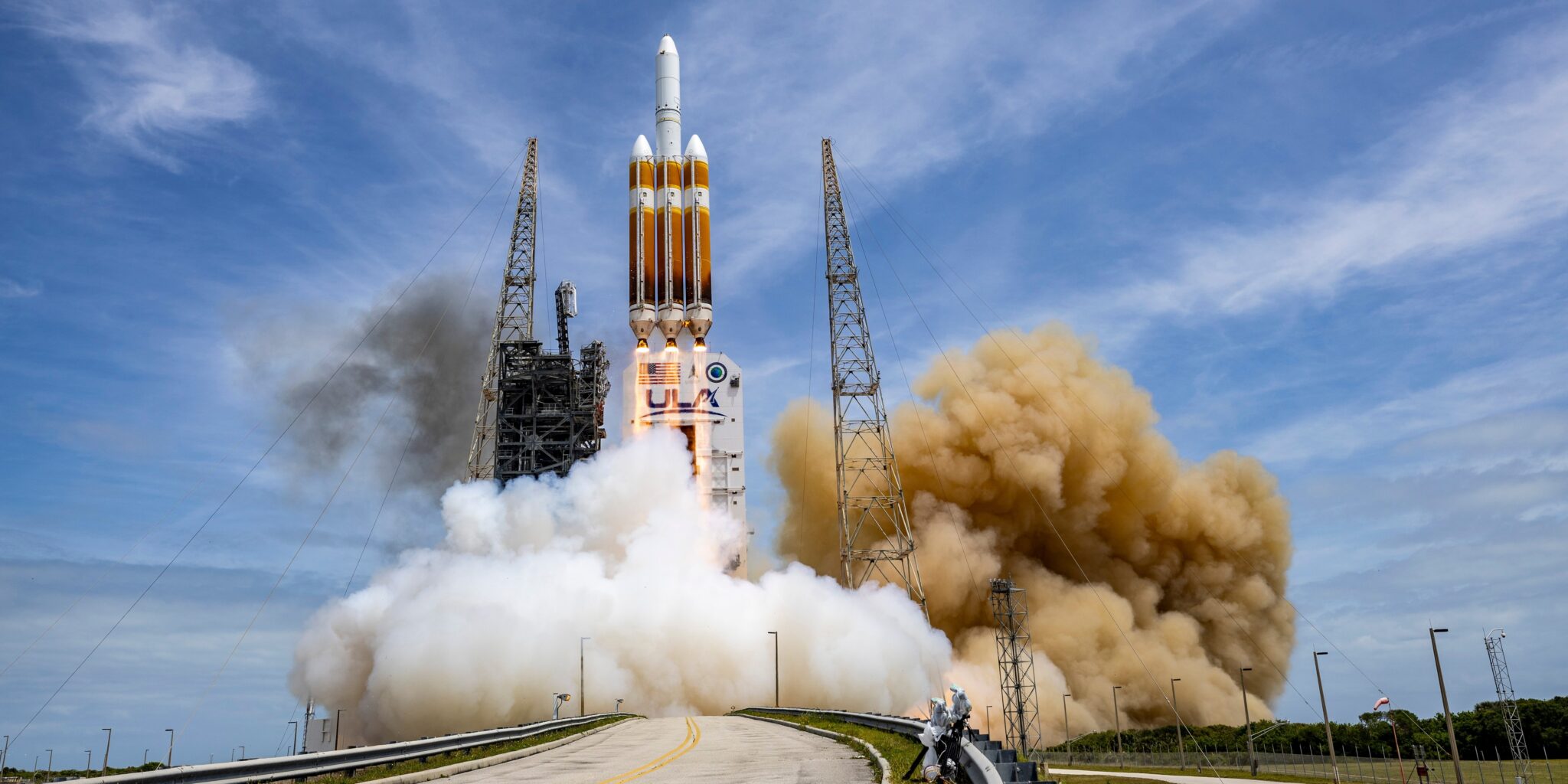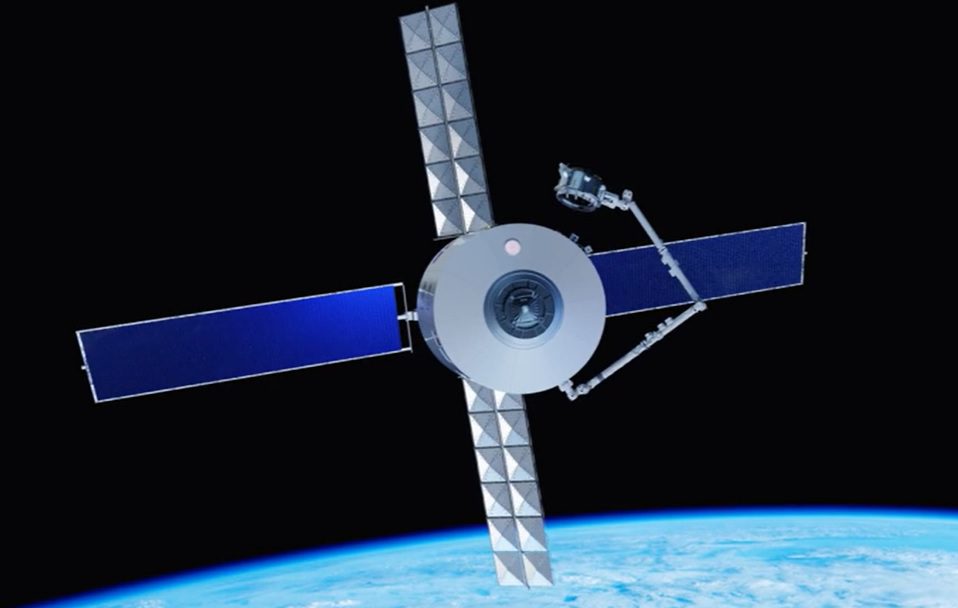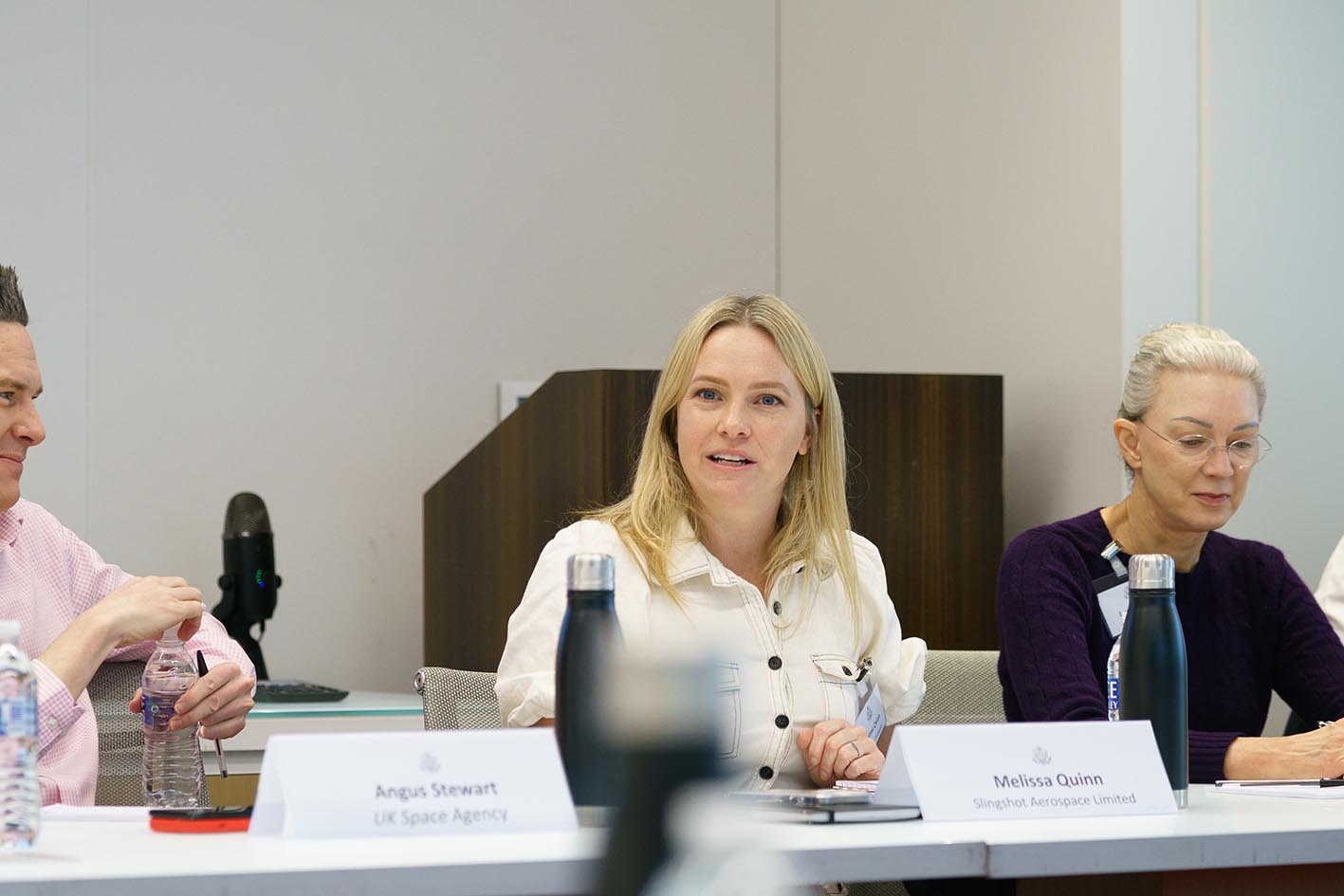The Boeing Crew Flight Test (CFT) – the first crewed mission of CST-100 Starliner, Boeing’s partially reusable spacecraft – was supposed to fly two NASA astronauts, Barry E. Wilmore (spacecraft commander) and Sunita Williams (pilot) on a week long test flight to the International Space Station (ISS) in late July. However, on 1 June, Boeing announced that the flight was indefinitely delayed without a hint of what new timeframe the aerospace manufacturer was considering at the time.
Sadly, the latest delay was not a complete surprise. Its been delays, delays, delays for Starliner since its conception. On the Seradata database, this flight’s launch date has been shifted 18 times since a launch order was made in 2014 for the end of 2017. The problems ranged from hazardous control software becoming apparent on the first uncrewed flight, to thruster and thermal control issues on the second. And then there were Boeing’s own manufacturing delays which made the first two uncrewed flights late.
So what kept Starliner firmly on the ground this time? Boeing later revealed that it discovered two major safety issues which meant it was unable to sign off on the technical and certification items required. The first problem related to Starliner’s parachute system, key to ensuring the crew’s safe landing if one of three parachutes should fail. “Soft links” running from the capsule to its parachutes were not strong enough. In a situation where one parachute did not deploy, the weak links could have resulted in the links to the other two parachutes snapping. The issue, discovered by the parachute supplier during testing, reduced Starliner’s safety margin. The second complication was that the P-213 glass cloth tape wrapped around wiring harnesses (of which there are hundreds of feet of throughout the spacecraft) — intended to protect the wiring — was found to be flammable in certain conditions.
The string of delays and issues has cost Boeing more than just its time. The company was awarded a fixed-price contract of US$4.2 billion by NASA in 2014 for the development of Starliner but since then, Boeing has seen losses for the project mount up almost every year. Cost overruns for Starliner have swollen to US$1.47 billion according to CNBC‘s calculations which include the latest charge of US$257 million, reported by Boeing in its latest quarterly report.
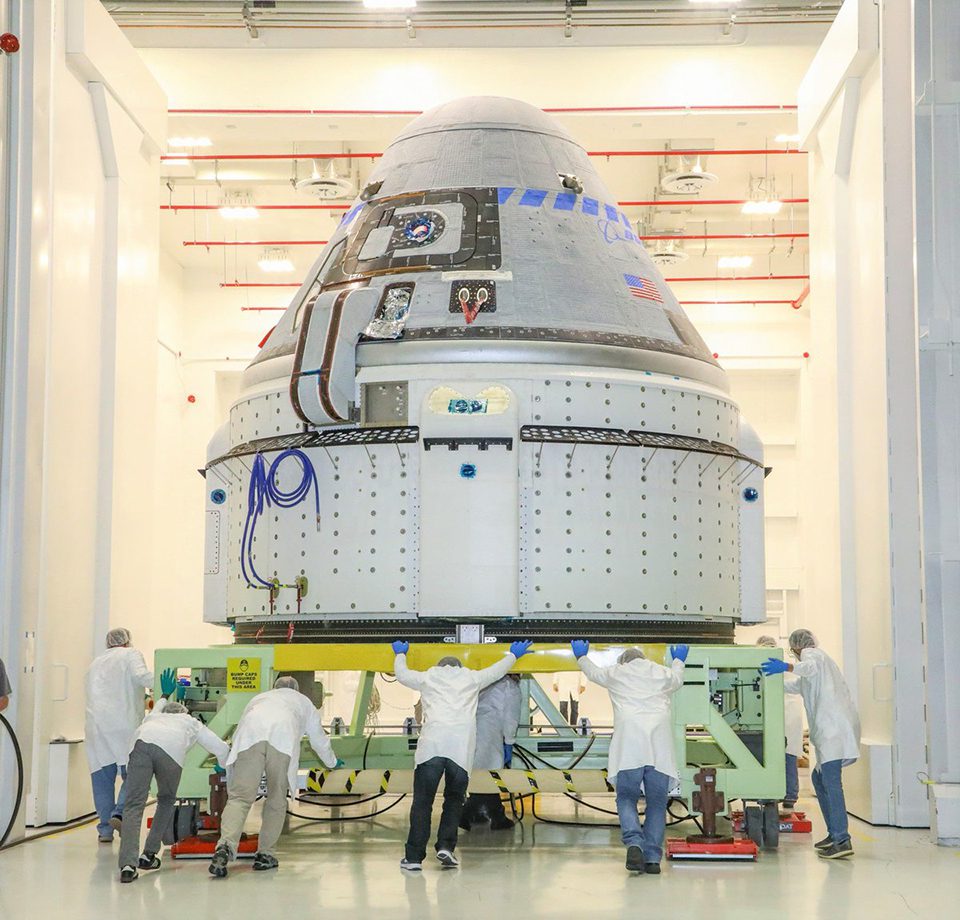
The cost of the CST-100 Starliner spacecraft continues to mount for Boeing as the company struggles to get the spacecraft off the ground. Courtesy: Boeing
Boeing’s contract with NASA stipulates that it must conduct at least one crewed flight test with at least one NASA astronaut aboard and, after achieving certification, at least two — and as many as six — crewed missions to the ISS. With some way still to go before it achieves its goals, it is perhaps understandable that Boeing is keeping updates on Starliner’s next launch attempt vague for now. The company said in its latest quarterly report that it hopes to launch “later in 2023 or early 2024” as it works with NASA to find a new launch window.
Comment by David Todd and Farah Ghouri: At one point analysts – including us – thought that Boeing would, ultimately, win the race for a NASA contract to build, and later operate a successful commercial crew transportation spacecraft. After all, once Sierra Nevada (now Sierra Space) was edged out of selection when it was deemed that Boeing’s and SpaceX’s offerings were more likely to reach operational status on time, Boeing had just one inexperienced human spaceflight competitor (who else but SpaceX) However, what happened to the very much delayed CST-100 Starliner programme since has been worse than a British train schedule (which is saying something). While we still hold reservations about the design of the SpaceX Crew Dragon (especially the location of its escape engines), Elon Musk has certainly proved Crew Dragon’s service reliability and it has become a steady earner for the SpaceX company. This is a great deal more than can be said for Boeing’s Starliner. And now that the unmanned Dream Chaser space plane, with its “low g” re-entries and large cross-range landing advantages, is also about to enter service, with private plans to make it human carrying, the decision to pick Boeing now looks to have been the wrong one for NASA, and also for Boeing itself.

